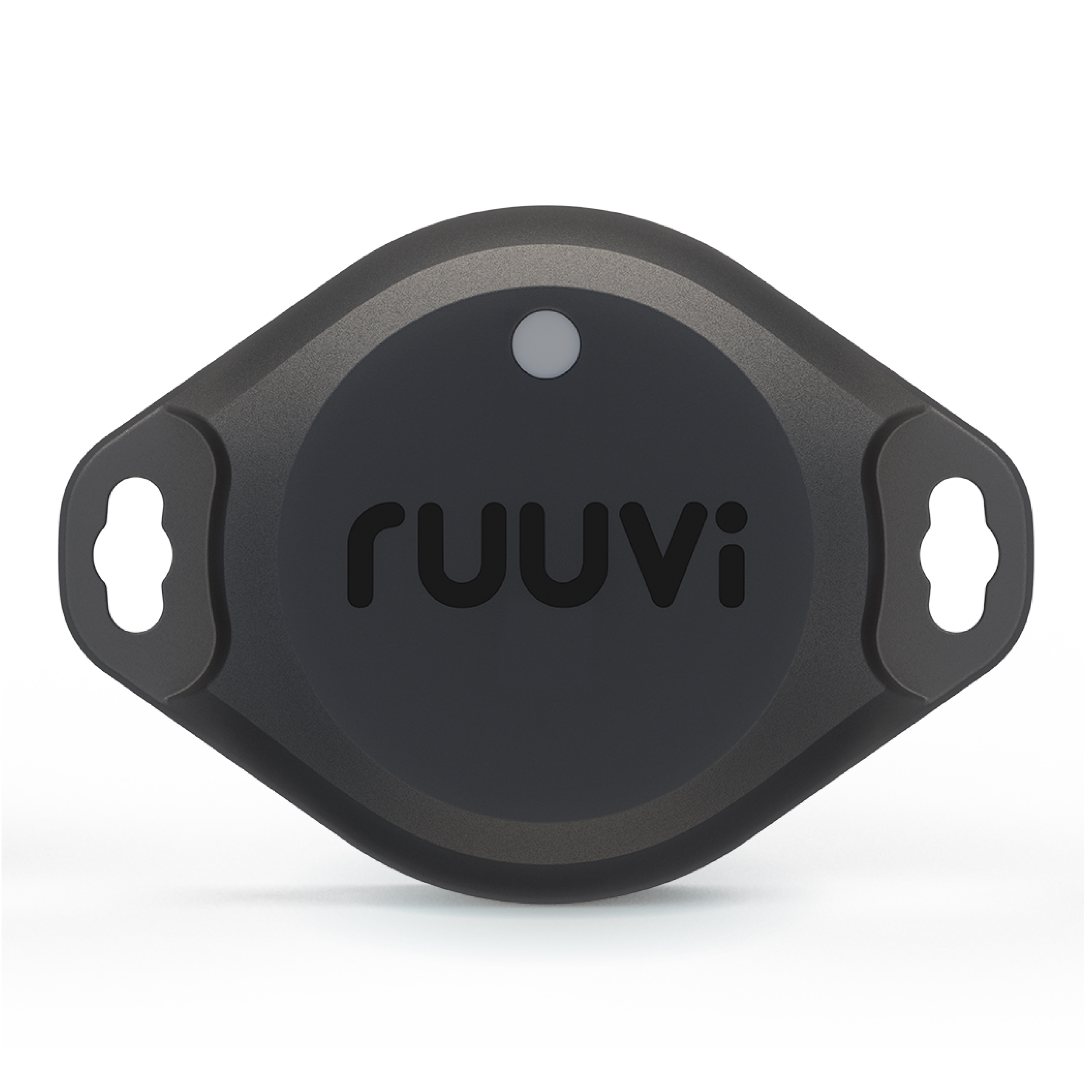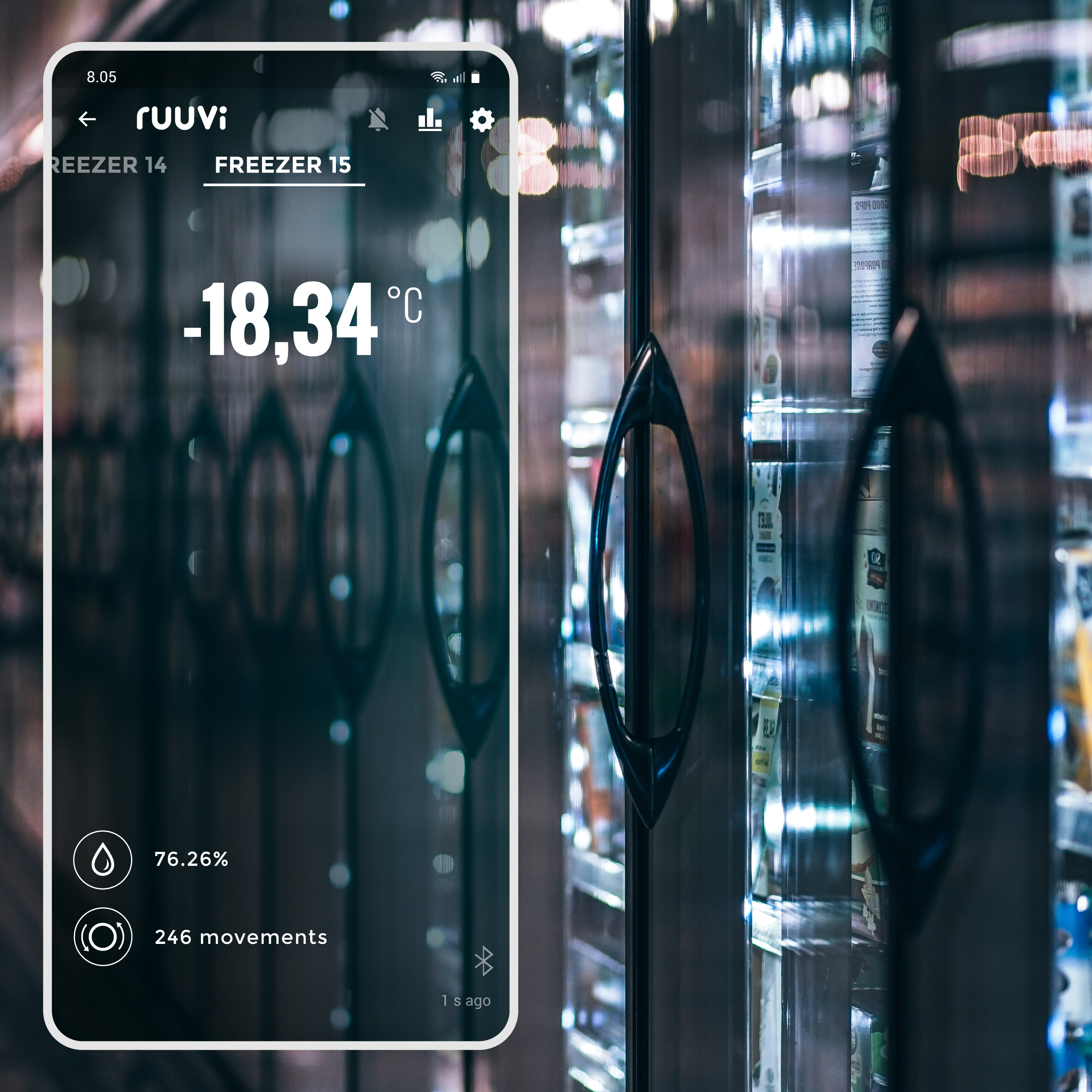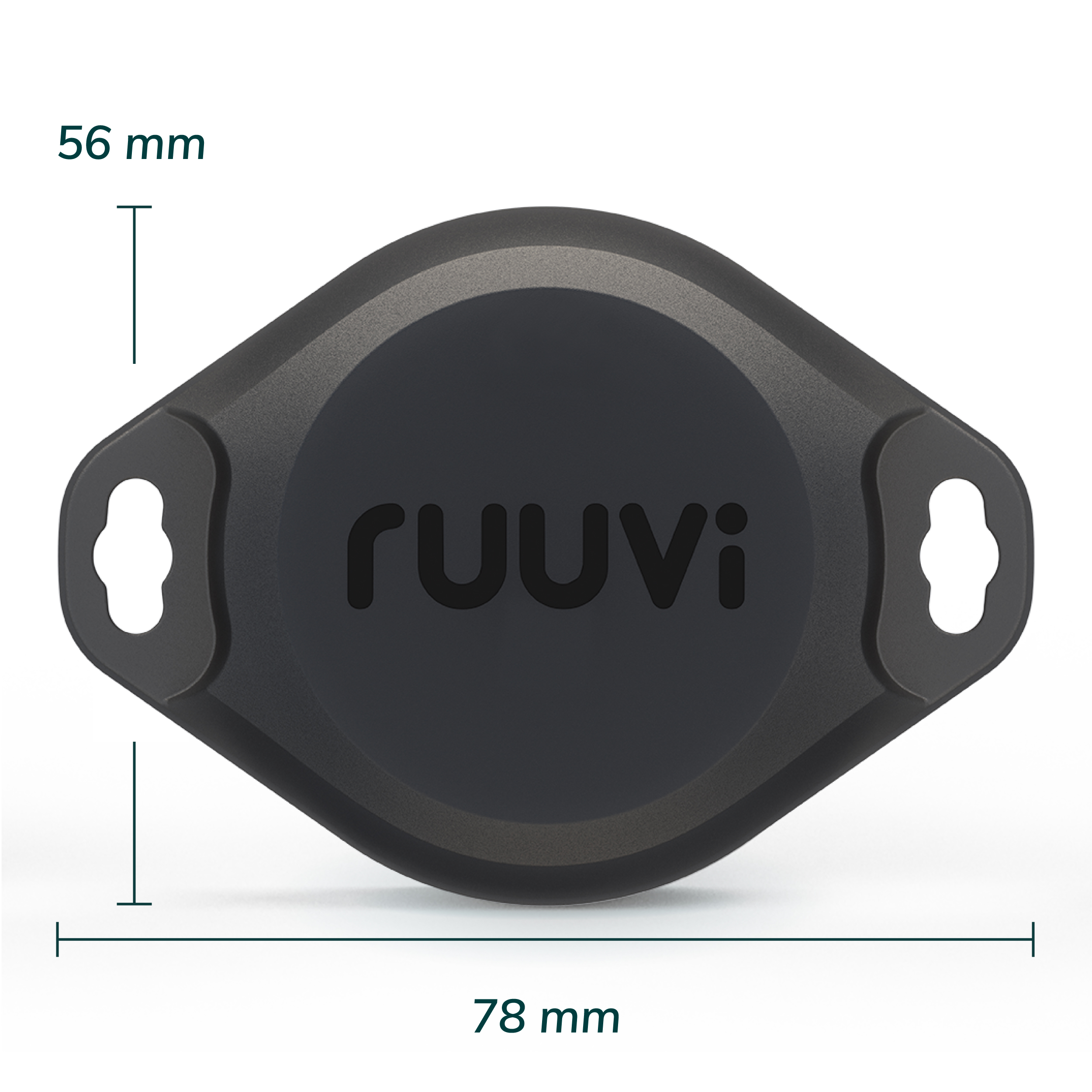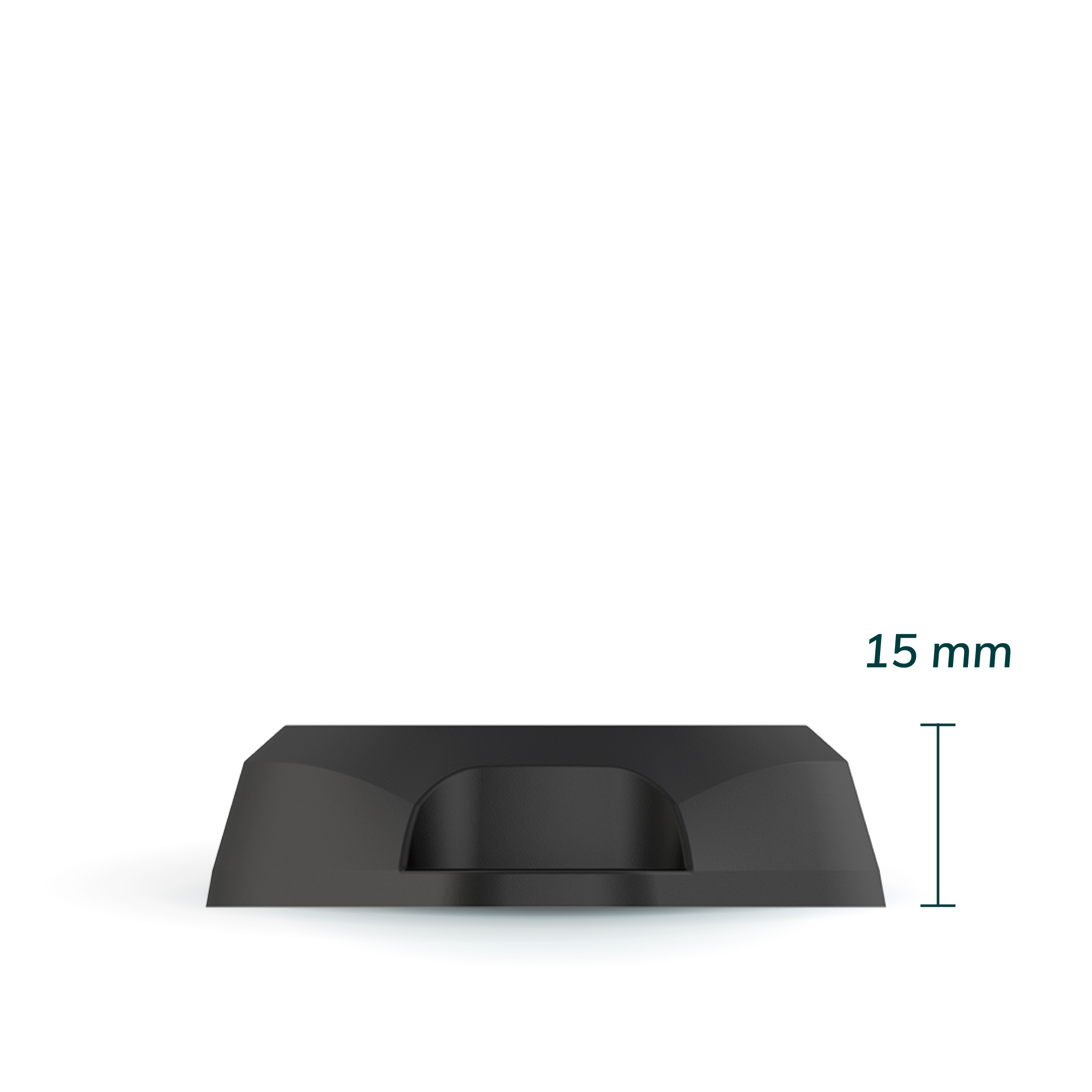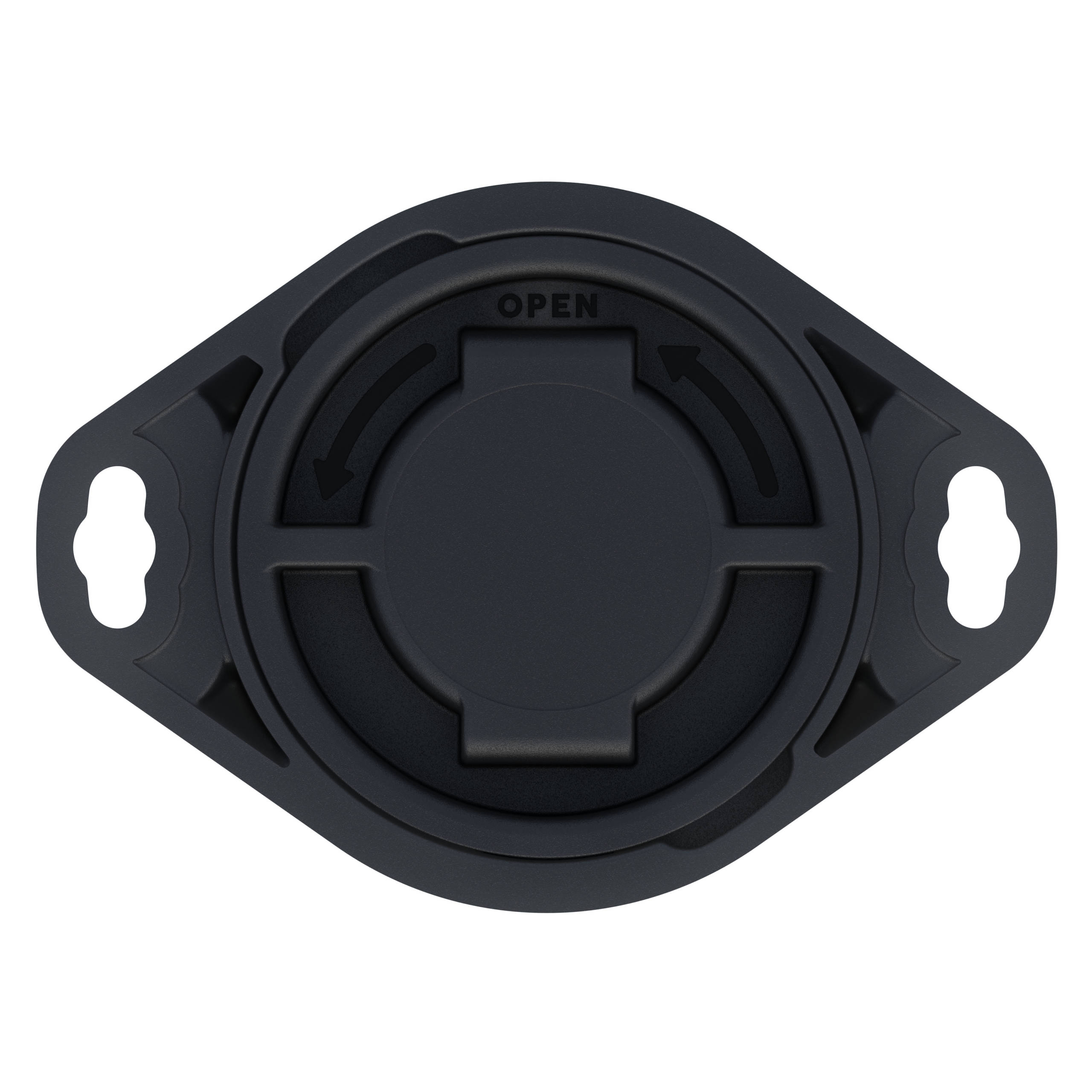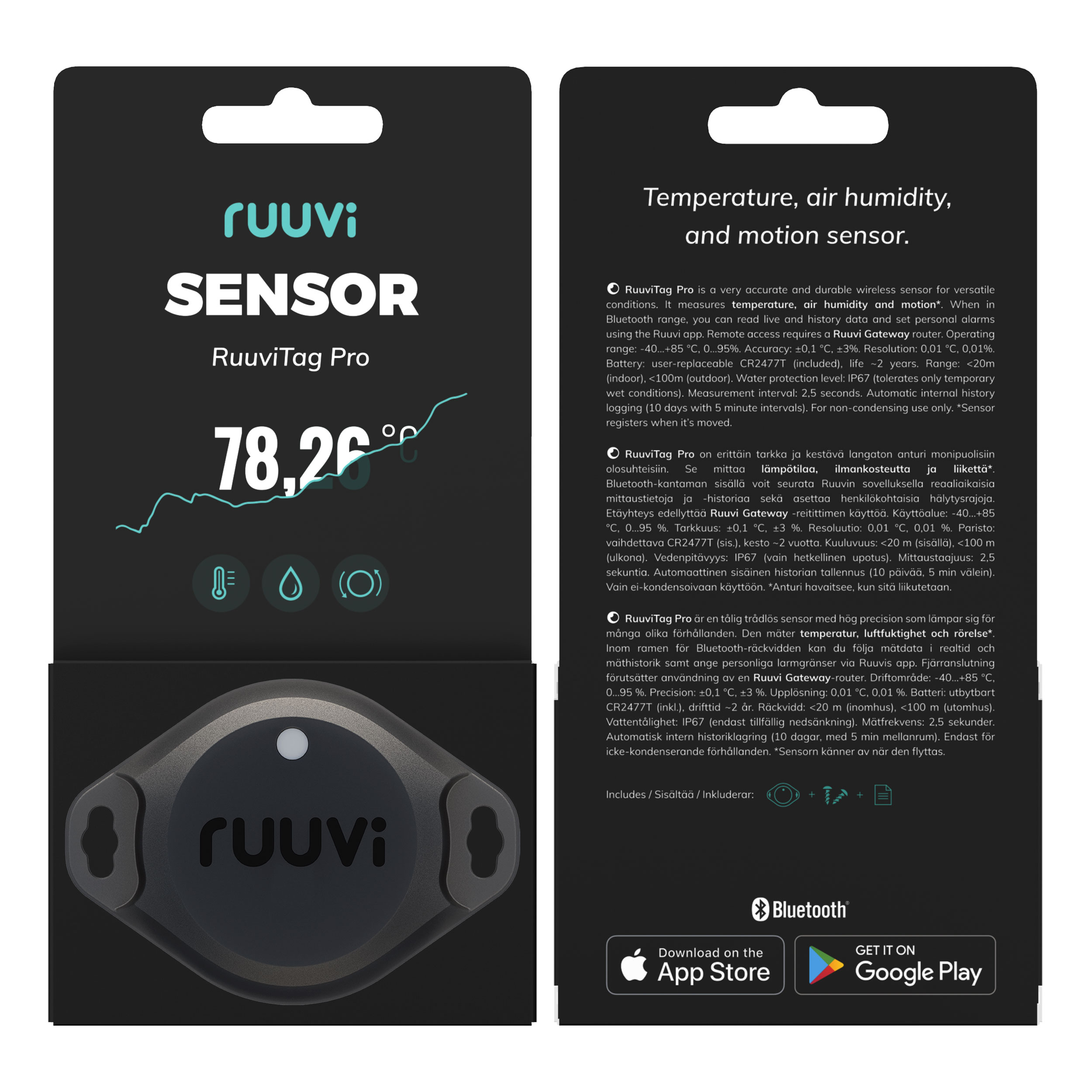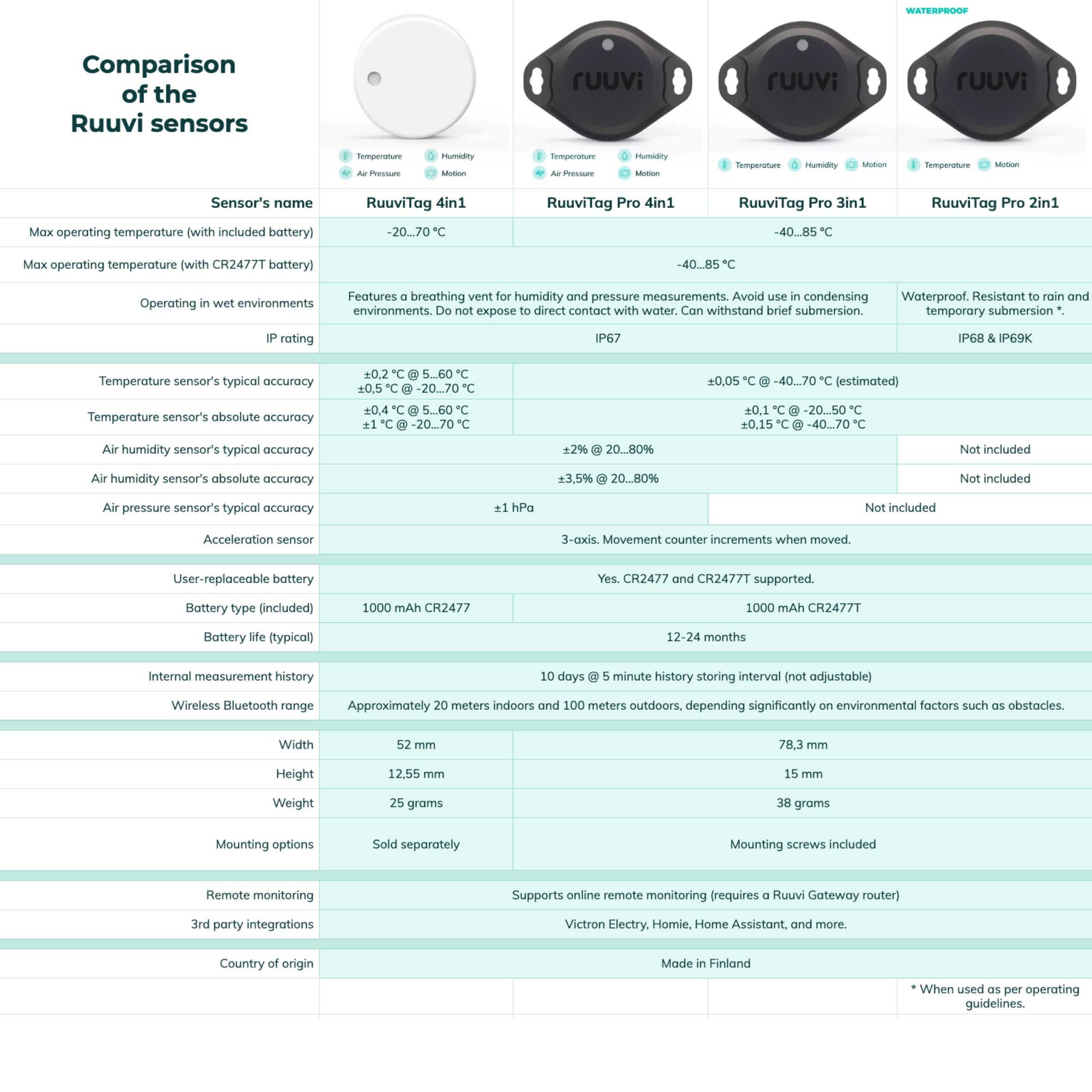The home country of Ruuvi, Finland, has about one sauna per two inhabitants. However, few of us are familiar with the recipe for the perfect sauna experience. The size of the sauna, the size of the sauna stove, the ventilation and relative humidity of the sauna, all affect the experience.
Mechanical thermometers on the wall of the sauna typically indicate an approximate temperature, but they do not tell us anything about relative humidity, which also has an effect on the sauna experience. High percentage of relative humidity makes the steam feel hot on your skin. Dry and hot air can feel like a burning sensation. A sauna that is too hot and humid can also feel uncomfortable as humidity disturbs the body’s own cooling system – sweating. Therefore, as the relative humidity in a steam room is close to 100 %, the temperature is lower than in a regular sauna (around 45 °C).
In terms of energy consumption, the optimal temperature for an electric sauna is between 70 °C and 80 °C. If you prefer hotter temperatures, be prepared that the electricity bill of a 100 °C sauna can be as much as 30% higher Heating up a traditional wood-burning stove requires practice for a pleasant sauna experience. The size of the sauna stove, ventilation and wood quality are variables that determine the amount of wood and time required to heat up the sauna. The most important factors are that the firewood should be dry, clean and fit the stove.
Optimising the ventilation in a sauna is important in order to find a soothing temperature. Ventilation must be minimised when starting to heat up the sauna. During the time in the sauna, it’s important to have at least one hatch open in order for the air to circulate. The location of the hatch is an important factor to the way one feels in a sauna. The experience will be much different if the hatch is on top of the stove, than in the opposite corner, closer to the people in the sauna.
The height of the sitting platform is also a major factor in the sauna experience. According to the traditional unspoken rules of sauna, the feet of the people in the sauna should be at the same level as the stones on the stove.
Ruuvi sensor is the perfect tool for saunas
Instead of a mechanical sauna thermometer, you should have a Finnish Ruuvi sensor in your sauna which measures the temperature and air humidity. With Ruuvi, you will receive an alert on your mobile phone once the sauna is ready. This is especially useful for someone with an outside sauna as they won’t have to go and check if the sauna is hot enough.
An electric sauna stove is one of the biggest electricity consumers in a household. The precise measurements and quick automated alerts will help you reduce the energy consumption of a sauna. To save energy, you should also go enjoy the sauna experience as soon as it’s warm enough for you.
Measuring your sauna’s temperature and humidity is beneficial even when the sauna is not in use. By doing this, you can ensure that the structures can dry properly and the ventilation is functioning as it should.
Placing the Ruuvi sensor in a sauna
The sensor should be placed at the same height as the sitting platform. The sensor can withstand temperatures of up to 85 °C or 185 °F, but be aware that regular batteries found inside the basic RuuviTag (the white one) can only withstand temperatures up to 70 °C or 158 °F. RuuviTag Pro has a wide range battery installed in them, which makes them withstand the 85 °C or 185 °F temperature straight out of the box.
When using a Ruuvi sensor in a sauna for the first time, you should find out the temperature reading in which you feel that the sauna is ready. The temperature reading from the thermostatic sauna stove can be much different than the actual temperature measured by Ruuvi, due to its very high accuracy and different location. Hence, it’s important that you set a customised temperature alert on your mobile device inside the Ruuvi Station app. In some larger saunas or lower Ruuvi sensor placements, your sauna can be ready at 50 °C or 120 °F. Remember, every sauna is unique and should be used accordingly!
Notice This when Measuring Sauna with RuuviTag
RuuviTag’s measurement method differs from the operation of a regular sauna meter, and for this reason the readings are different until enough time passes. The mass of the RuuviTag Pro is about 36g, which causes a delay in the measurement (a similar delay applies to all measuring devices). However, the mass is so small that typically when measuring the temperature of, for example, a refrigerator, a freezer or an apartment, the delay is much smaller than the actual temperature change speed. his way the “delay” is typically not noticeable by the user. Even an external sensor weighing a few grams will never work without a delay. More information about the delay can be found here: https://ruuvi.com/sensor-step-time-or-sensor-measurement-delay/
The typical need to measure the sauna temperature comes from the need to know when the sauna is “ready” or when more fire wood needs to be added. For this information, it is not necessary to measure the peak temperature of the sauna, but it is enough to set the alarm according to when the sauna is at a perfect temperature. When the sauna is at a perfect temperature, open the Ruuvi Station mobile application and set an alarm for this temperature. Alternatively, the sensor can be calibrated to show a higher temperature, but then the temperature will be incorrect when the temperature drops. A traditional sauna meter measures the temperature of the air in the sauna, and the delay is smaller due to the smaller mass. If you want to measure rapid temperature changes and the peak temperature in the sauna, then you need a measuring device with an external sensor.
Buy Wireless Thermometer to Sauna
RuuviTag Will Notify You Once Your Sauna Is Ready
RuuviTag Pro Sensor
| 5 star | 100% | |
| 4 star | 0% | |
| 3 star | 0% | |
| 2 star | 0% | |
| 1 star | 0% |
RuuviTag Pro Sensor
| Quantity | Unit Price(€) |
|---|---|
| 1 | |
| 5-10 | |
| 11-25 | |
| 26-50 | |
| 51-99 |
Are you looking for bigger quantities? Contact us for pricing.
